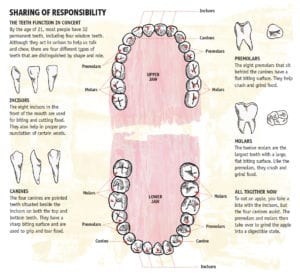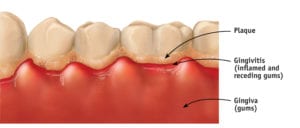Dr. Zevallos recounted the rise in orophoharyngeal cancer began to be noticed in the 1980's and 1990's. It wasn't until the early 2000's it was discovered that this rise in cancer was being caused by HPV (Human papillomavirus). The scary thing about this cancer is that it's demographic is across all age ranges, in smokers and non-smokers, with an increase noted in all races. Another troubling thing about HPV related cancers is that it has a 30 year legacy period between infection and onset of cancer. The infection generally occurs in the patients 20's and then lays dormant until the 50's to 60's. People with autoimmune diseases or people taking immunosuppressants are at a higher risk for developing HPV related cancers.

Another issue associated with HPV oropharyngeal cancers is our lack of ability to reliably screen for them. There are some saliva tests for oral HPV infection, however there is a high rate of false positives with these tests. This is because 2-8% of the population will have the infection but only a tiny percent of those get cancer. Once a tumor is present there will be very high levels of HPV in the saliva. The current saliva tests do not screen for the levels of HPV present in the saliva. Secondly, these tumors form deep in the base of the tonsillar crypt and the base of the tongue, making them very hard to see in a visual oral exam.
The Gardisil vaccine now cover 9 of the high risk forms of HPV. This vaccine is our best chance at preventing cancers. However, much of the population is still at risk for developing an HPV related cancer of the head, neck and mouth. This is why it is critical to have regular dental checkups and ensure your provider is competently evaluating your oral and oropharyngeal cavities for any early signs of cancer.
Possible signs and symptoms of oral cavity and oropharyngeal cancers include:
- A sore in the mouth that doesn't heal (the most common symptom)
- Pain in the mouth that doesn’t go away (also very common)
- A lump or thickening in the cheek
- A white or red patch on the gums, tongue, tonsil, or lining of the mouth
- A sore throat or a feeling that something is caught in the throat that doesn’t go away
- Trouble chewing or swallowing
- Trouble moving the jaw or tongue
- Numbness of the tongue or other area of the mouth
- Swelling of the jaw that causes dentures to fit poorly or become uncomfortable
- Loosening of the teeth or pain around the teeth or jaw
- Voice changes
- A lump or mass in the neck
- Weight loss
- Constant bad breath
Many of these signs and symptoms can also be caused by things other than cancer, or even by other cancers. Still, it's very important to see a doctor or dentist if any of these conditions lasts more than 2 weeks so that the cause can be found and treated, if needed.















![[teeth and gums up close]](https://cdn1.medicalnewstoday.com/content/images/articles/312/312992/teeth-and-gums.jpg)
![[teeth and gums examined]](https://cdn1.medicalnewstoday.com/content/images/articles/312/312992/teeth-examined.jpg)
![[teeth with braces]](https://cdn1.medicalnewstoday.com/content/images/articles/312/312992/orthodontics.jpg)